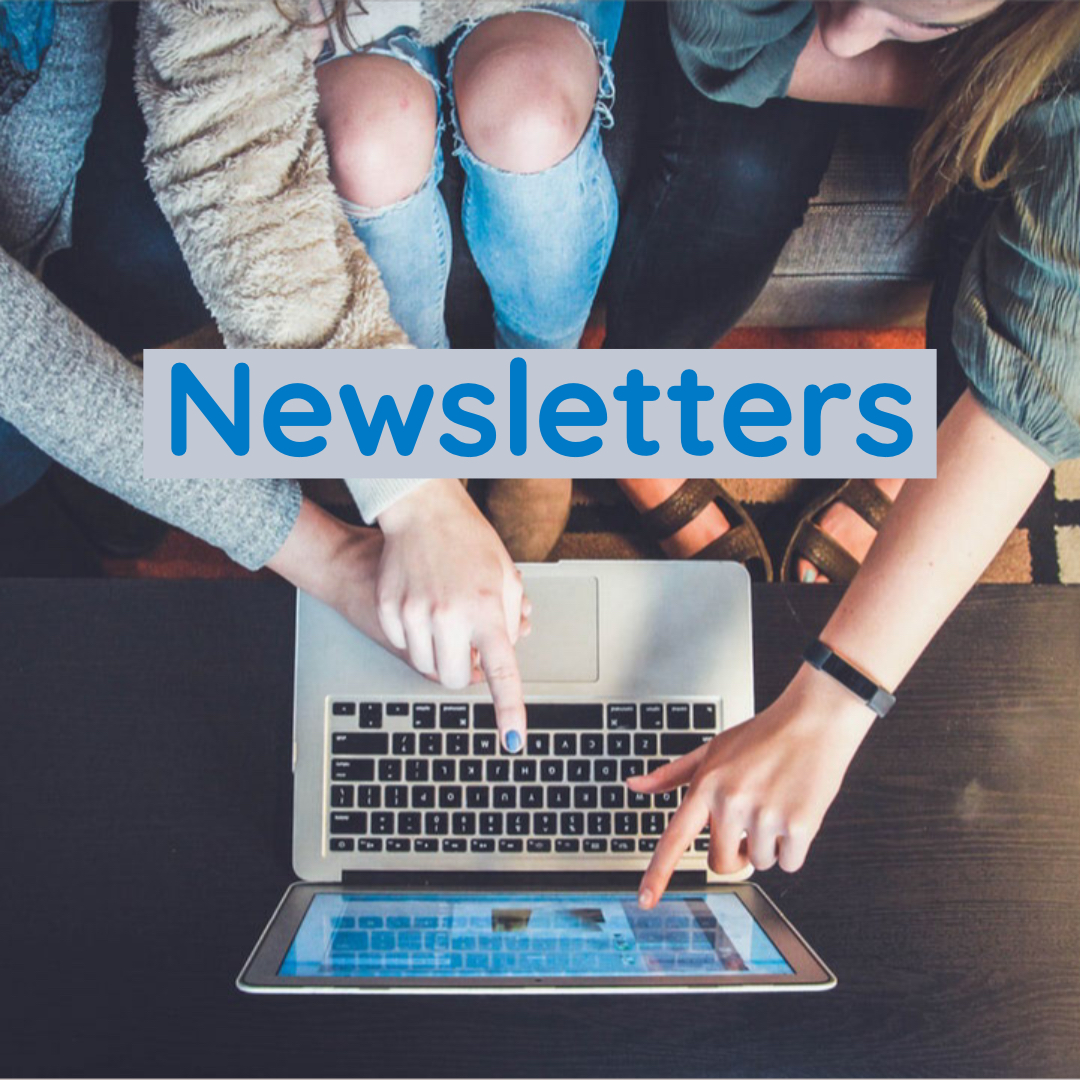
In this era of multi-level communications, it’s important to make sure that all demographics get the information you want to share. Newsletters, both in print and electronic format, are an important tool to make sure your messages are cutting through all the clutter.
Why Print?
As a school district leader, it’s important to know your community demographics. In Ohio, fewer than 40 percent of residents have students in most school districts. In many school districts, this number is as low as 20 percent. This means that large numbers of taxpayers are providing funding to schools, regardless if they use your services or not. This is a critical group that deserves to know how their investment is being used and if your organization is worth their continued support.
Taxpayers need to see the good things that are happening in your schools, understand how you are prioritizing funding, what your goals are and how you are meeting those objectives and what your priorities are for the future. This information builds trust and promotes the good value you provide. Sharing a printed newsletter with all residents on a regular basis ensures that they have the basic information they need to believe in and continue to support your schools.
Making your Electronic Newsletters Standout
Newsletters shared in an electronic format are important, but have a different purpose. Instead of serving a mass group of diverse residents electronic newsletters can be more tailored to specific groups, such as parents of a specific school. The average office worker receives 121 emails each day and the click-through rate for email sent in North America is 3.1 percent (Lifewire, June 27, 2019 https://www.lifewire.com/how-many-emails-are-sent-every-day-1171210).
So how do you make your newsletter stand out and make sure it is seen by those that need the information?
- E-newsletters should be short and on point. Limit the number of articles and each piece should share only the basic information that is necessary.
- Be sure to include links to websites for additional information. This keeps the articles short yet provides additional details for those that need it.
- Make sure the content looks good. When possible, include photos, headers and color to keep the reader visually interested. Be sure to use lower-resolution images to keep the overall size of the email manageable for all user platforms.
- Sharing information on a regular basis is helpful. Tell your users when you are planning to send out your regular newsletters so they know to look for them and build a habit of opening your emails instead of treating them like spam.
- Avoid attachments to emails. They tend to get caught in spam filters searching for viruses. The user won’t even know that you’ve sent something and your message doesn’t have a chance of being read.
